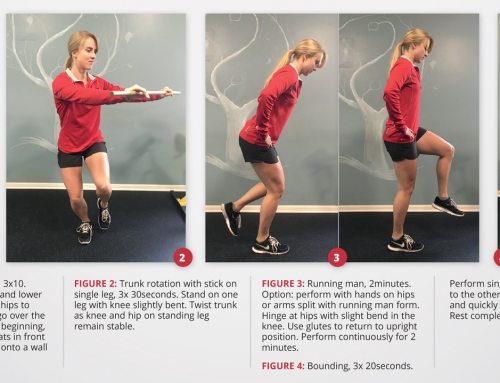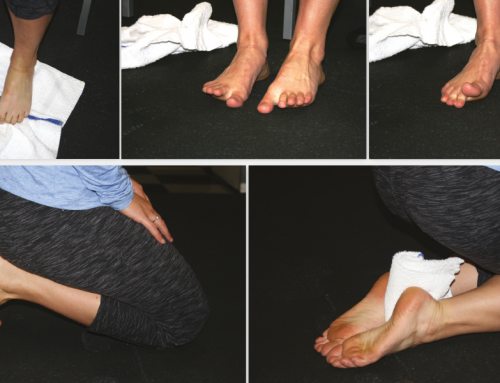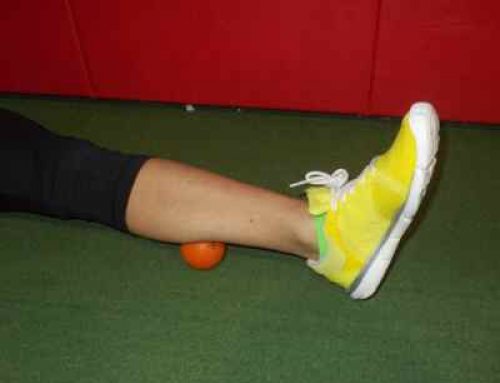By Rob Schneider
During the course of a training cycle, you increase mileage, go through 2-3 pairs of shoes, put miles on your bike, and marinate your body in chlorine. Chances are, you had minor aches and pains as you pushed to meet your goals. How did you get through the aches, pains, and injuries? How did you know when you needed to rest?
Every person has a different ability to monitor their body and interpret levels of discomfort and pain. What most people don’t know is pain can be an input or output from the nervous system. An input is the result of a noxious stimulus to the body, either damaged tissue, joint pain, or the result of a disease process. It can also be an output of the nervous system. In this case, it is the body’s way of communicating. Pain can make you avoid certain positions and situations. However, this is complicated by the fact that pain can be impacted by the emotional portion of the brain. Imagine you are almost to the end of your “A” race; chances are, if you are feeling pain, it does not stop you from finishing. You may not register pain until post-race. Understanding how you perceive pain is important in understanding when you need help.
If you have pain after training what should you do? Do you seek help? With whom? Here are a few questions to use as a guide.
How long has it been hurting? High levels of exercise and activity cause micro tearing of muscles and need time to repair. There is often soreness that peaks at 48 hours after the activity. Often, it is also symmetrical. If sharp pain lingers more than 7-10 days, you should seek professional help. Often, this pain is unilateral and not symmetric. Immobility often decreases this pain, versus soreness that feels worse with immobility.
Who should I see? Physical Therapists are part of a complex musculoskeletal healthcare system that includes MD’s, physician extenders, and allied healthcare providers. Physical Therapists are trained as experts in musculoskeletal health, evaluation, and rehabilitation. We work with local physician practices with the expectation of referring patients to an MD when they need specialized care. Recently, it was reported that 70% of patients that went to PT first didn’t need anything more from the healthcare system. This saves time and cost, gets you treated sooner, which decreases the complexity of the problem. We know how good we can be at compensating, no need to practice that. Go get help and see a PT.
# # #
Rob is a sports certified specialist in Physical Therapy. He is the Regional Director for ATI and Former co-owner of Balanced Physical Therapy in Carrboro. He has been living his dream of being a resource for an active community.






